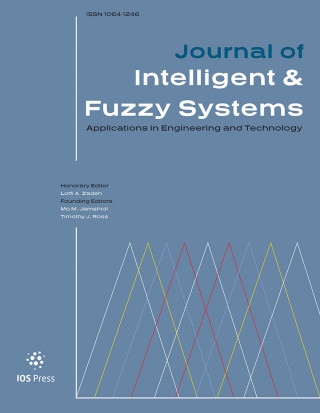Authors: Nguyen-Trong, Khanh | Nguyen-Hoang, Khoi
Article Type:
Research Article
Abstract:
COVID-19 (Coronavirus Disease of 2019) is one of the most challenging healthcare crises of the twenty-first century. The pandemic causes many negative impacts on all aspects of life and livelihoods. Although recent developments of relevant vaccines, such as Pfizer/BioNTech mRNA, AstraZeneca, or Moderna, the emergence of new virus mutations and their fast infection rate yet pose significant threats to public health. In this context, early detection of the disease is an important factor to reduce its effect and quickly control the spread of pandemic. Nevertheless, many countries still rely on methods that are either expensive and time-consuming (i.e., Reverse-transcription polymerase
…chain reaction) or uncomfortable and difficult for self-testing (i.e., Rapid Antigen Test Nasal). Recently, deep learning methods have been proposed as a potential solution for COVID-19 analysis. However, previous works usually focus on a single symptom, which can omit critical information for disease diagnosis. Therefore, in this study, we propose a multi-modal method to detect COVID-19 using cough sounds and self-reported symptoms. The proposed method consists of five neural networks to deal with different input features, including CNN-biLSTM for MFCC features, EfficientNetV2 for Mel spectrogram images, MLP for self-reported symptoms, C-YAMNet for cough detection, and RNNoise for noise-canceling. Experimental results demonstrated that our method outperformed the other state-of-the-art methods with a high AUC, accuracy, and F1-score of 98.6%, 96.9%, and 96.9% on the testing set.
Show more
Keywords: COVID-19 diagnostics, multi-modal classification, Convolutional neural network (CNN), bidirectional-LSTM, Cough classification
DOI: 10.3233/JIFS-222863
Citation: Journal of Intelligent & Fuzzy Systems,
vol. 44, no. 3, pp. 3501-3513, 2023





